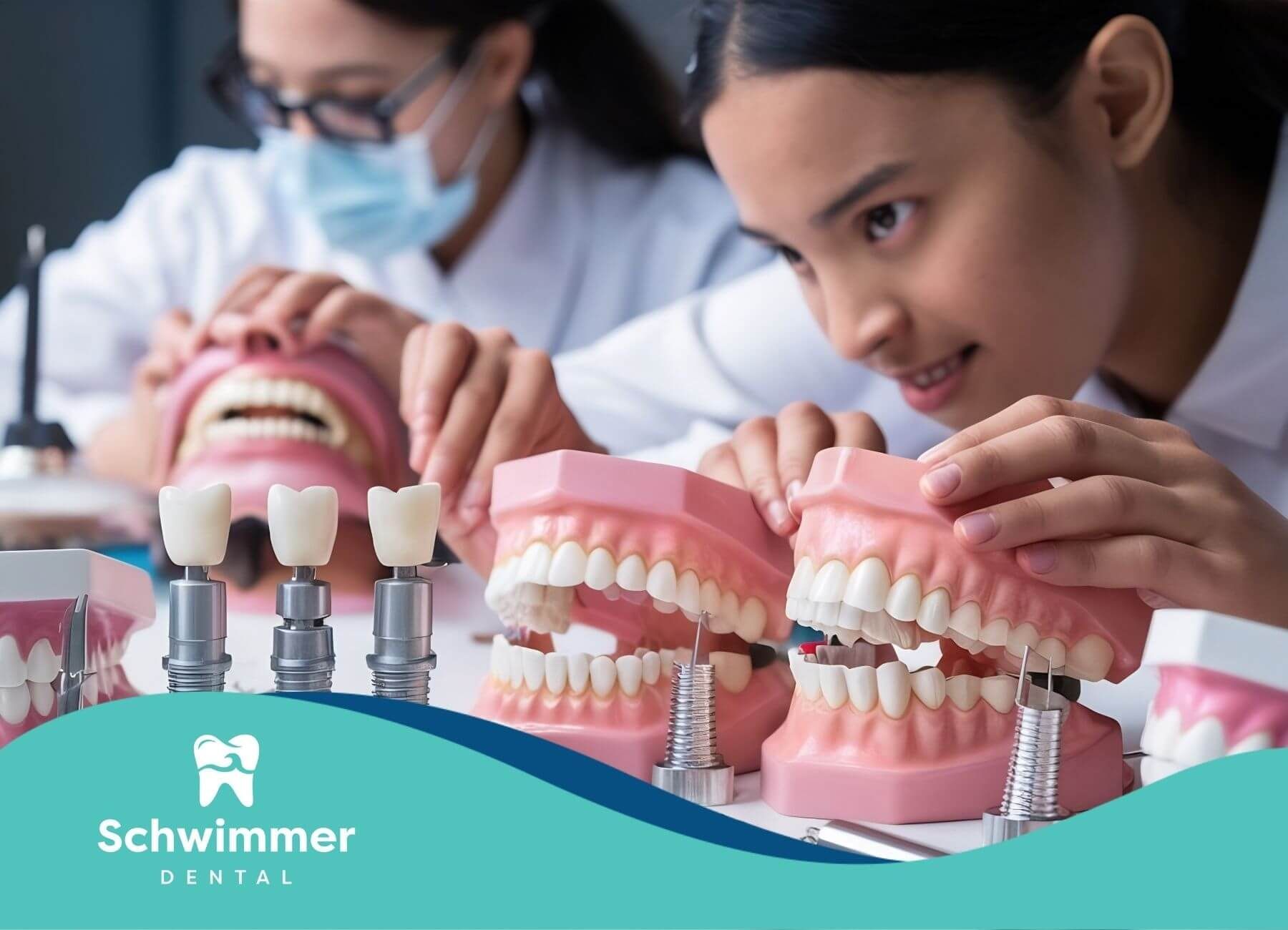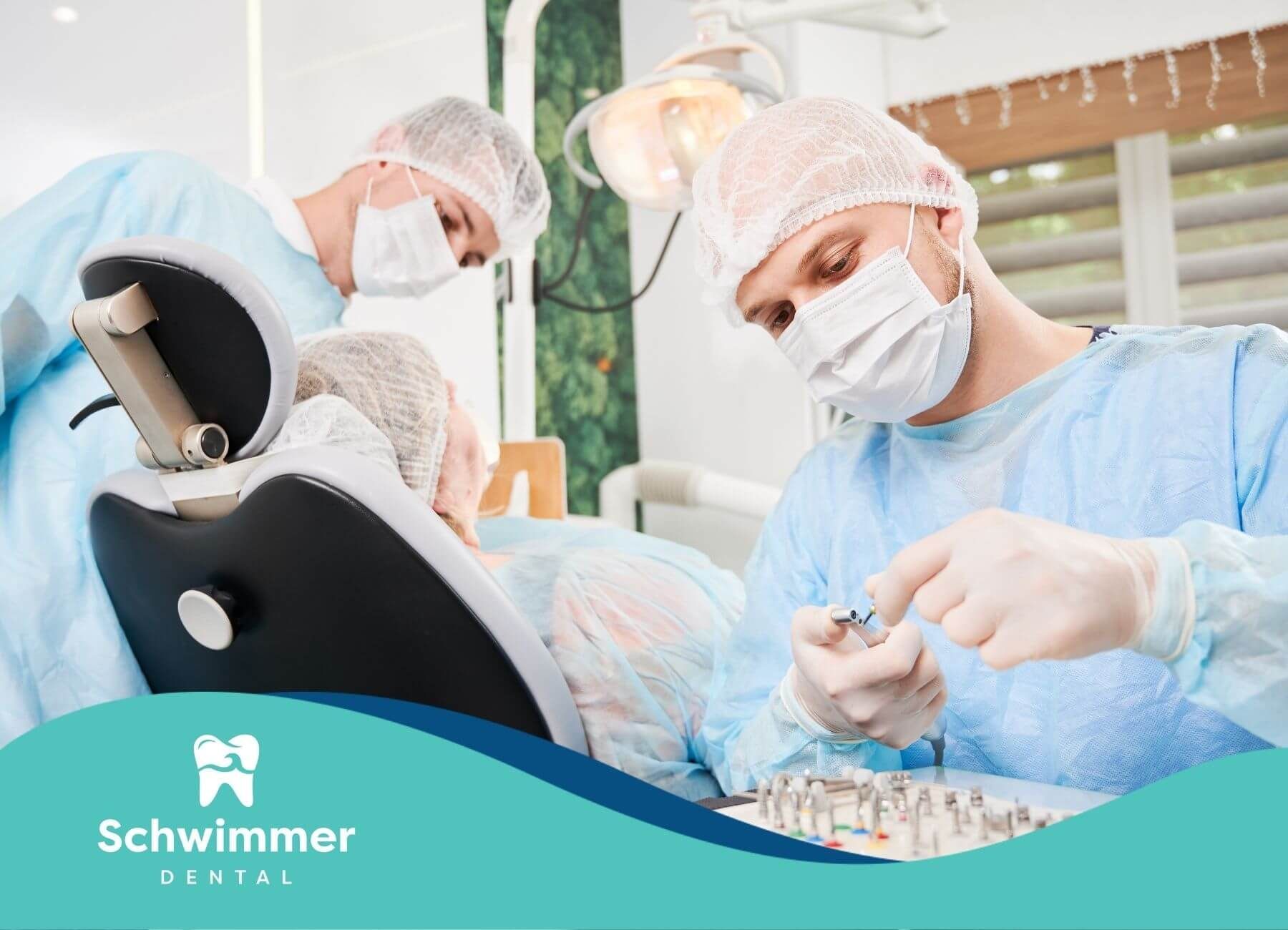8 Teeth Whitening Myths You Should Stop Believing Today
Key Highlights
- Many teeth whitening myths, from DIY remedies to over-the-counter kits, can cause damage to tooth enamel and oral health.
- Professional whitening treatments are safe, effective, and provide better results compared to non-prescription options.
- Common misconceptions include the effectiveness of whitening toothpaste, baking soda, and UV light used in whitening.
- Fruit-based solutions like lemon juice and strawberries can harm teeth due to their acidity.
- Veneers and crowns cannot be whitened in the same way as natural teeth, highlighting the importance of realistic expectations.
Introduction
Everyone wants a brighter smile. However, getting one without hurting your tooth enamel takes the right approach. Teeth whitening is a popular cosmetic dental procedure, but there are many myths and wrong ideas surrounding it. While professional whitening gives safe and good results, using DIY methods can cause problems like tooth sensitivity or damage to your enamel. This article will discuss common myths about teeth whitening. It will help you make smart choices for a confident and radiant smile. Are you ready to know the truth? Let’s dive in.
8 Common Teeth Whitening Myths Debunked
Teeth whitening is surrounded by many myths. These myths can make it hard to know which treatments are safe and which come with risks. Many people follow trends from social media or try DIY remedies. They also buy over-the-counter products without fully understanding what can happen. For example, things like baking soda and lemon juice can harm enamel and make your teeth more sensitive. By clearing up these false ideas, you can avoid risks and pick treatments based on proof. If you want a bright, white smile, it's important to know the truth to protect your dental health.
Myth 1: Whitening Toothpaste is All You Need
Many people think that whitening toothpaste can make their teeth much brighter all by itself. This is not true. Whitening toothpaste is made to clean surface stains with gentle bleaching agents and small gritty parts. However, it can’t remove deeper stains that are stuck in the tooth enamel. Most ingredients in toothpaste need to stay on the teeth for a longer time to really work, but brushing doesn’t allow for that.
If you only use toothpaste to get a bright smile, you might be let down by how little it helps. While whitening toothpaste can be a helpful extra, it doesn't do enough for big changes. For deeper stains, you might need professional whitening treatments, which can reach beyond just the surface.
In the end, if you want good results, talk to a dentist about professional whitening treatments that fit your needs. These treatments safely go into the tooth enamel, giving long-lasting whitening. Whitening toothpaste alone is not a substitute for proper dental care.
Myth 2: Baking Soda Alone Makes Teeth Pearly White
Baking soda is often thought of as a natural way to whiten teeth, but it can be risky. It may remove surface stains for a short time, but if you use it too much, it can damage your enamel. This can make your teeth sensitive to hot and cold. Even though it is popular on social media, baking soda does not work well on deeper stains and doesn't compare to professional whitening methods.
Some supporters believe that baking soda's rough texture is safe. However, regular scrubbing can harm enamel, making teeth more likely to decay or get discolored. Since enamel does not heal, damage from baking soda can be serious.
Instead of relying on DIY methods like baking soda, it’s better to talk to experts in cosmetic dentistry. Professional whitening treatments are safer and more effective. They protect your enamel and help you achieve a beautiful white smile without the dangers of household remedies.
Myth 3: Fruit Juices and Peels are Effective Whiteners
Using fruit, like lemon juice or rubbing peels, to whiten teeth is a practice packed with misconceptions. Some people say the acidity in lemon juice can get rid of stains, but that same acidity can damage your tooth enamel. Over time, this can cause enamel loss, increased sensitivity, and a higher risk of tooth decay.
Rubbing fruit peels might seem safe, but it does not really help whiten teeth. Instead, the acids can harm the natural surface of your teeth. Although strawberries have malic acid, there’s no evidence that they work well, and any whitening you see is very temporary.
It's important to keep your tooth enamel safe. Avoid tempting “natural” remedies and choose professional treatments or dentist-approved solutions. These options provide safe and noticeable results without risking the health of your teeth.
Myth 4: Over-the-Counter Kits Are as Good as Professional Treatments
Over-the-counter whitening products are easy to find, but they don't work as well as professional treatments. These kits usually have weaker bleaching agents, which means the improvements are limited and temporary. Many users find it hard to see clear results. They may also get uneven whitening because the trays or strips don't fit well.
Professional treatments use advanced formulas and methods that fit your needs. Dentists make custom trays for your teeth and use stronger solutions while keeping a close eye on the process. They also help prevent any irritation or sensitivity during treatment.
If you only use over-the-counter products, you might feel let down and waste your money. Professional teeth whitening treatments are a smarter choice for lasting results and better dental health. Talk to your dentist about the options that can give you a safe, brighter smile.
Myth 5: UV Light Accelerates Whitening Without Risks
Many people think UV light helps whiten teeth better, but there is not much scientific evidence to support this idea. While some dental offices use UV light, it does not always give better results than chemical methods alone. Also, being exposed to UV light for a long time can cause temporary sensitivity or lead to risks from ultraviolet radiation.
One common wrong belief is that UV light speeds up the whitening process. However, whitening needs careful work, and UV light cannot make this happen faster. Using UV treatments without professional help can raise oral health risks instead of helping.
Before trying UV light treatments, it is best to talk with your dentist. They can help you understand the risks and benefits. There are often safer options available that can give good results without putting your teeth at risk. Always remember that scientific evidence and professional care are important for safe and effective teeth whitening.
Myth 6: Whitening Results Are Permanent
Expecting teeth whitening results to last forever is not realistic. Whitening treatments mainly remove stains. They do not make your teeth safe from discoloration. Things like aging, lifestyle, and diet—such as drinking coffee or red wine—can slowly fade your bright smile again.
Many people do not know that whitening treatments may cause temporary sensitivity afterward. Proper care and good oral hygiene are important to keep results and lessen sensitivity.
Keeping your results means maintaining good oral hygiene. This includes brushing, flossing, and using products your dentist recommends. Regular touch-ups or visits to your dentist can also help keep your whitening results longer. By following these steps, you can enjoy a bright smile for many years. Just remember that permanent results are not likely.
Myth 7: Veneers and Crowns Can Be Whitened Like Natural Teeth
Veneers and crowns are often thought to whiten like natural teeth, but that’s not the case. These materials are meant to keep their original color. Because of this, professional teeth whitening won’t change them. Trying to whiten veneers or crowns can lead to disappointment or even harm them.
Crowns and veneers do not discolor as easily as natural teeth, but they can still gather stains over time. These stains require professional polishing or replacement instead of attempts to whiten them.
If you are thinking about cosmetic treatments with implants or veneers, it’s best to whiten your teeth first. This way, your new materials will match your desired color since they cannot be changed later. Speak with your dentist for specific advice on how to care for your synthetic teeth and keep your radiant smile.
Myth 8: All Whitening Methods Are Safe
Many people think all whitening methods are safe. This idea is not true. Some DIY remedies, like those with hydrogen peroxide or activated charcoal, can harm your oral health. Using hydrogen peroxide too much can create free radicals. These can damage your tissue. Charcoal is rough, which can wear down enamel and make teeth more likely to get decay.
On the other hand, professional whitening treatments are both effective and safe. Dentists use methods and products that have been tested. They work to reduce risks like tooth sensitivity or irritation. A dentist's expertise helps to customize treatments for your dental needs.
In the end, it is very important to prioritize your oral health instead of using risky self-applied methods. Talk to a professional dentist about whitening treatments that follow trusted scientific standards. This way, you can get noticeable results without the hidden problems of unsafe practices.
Conclusion
In summary, it's important to clear up these common myths about teeth whitening. This will help you get the best results and keep your oral health in check. Knowing what actually works and what doesn't will help you make smart choices about your smile. For example, just using whitening toothpaste is not enough. Also, over-the-counter kits cannot give you results like professional treatments do. By understanding these misconceptions, you can confidently choose safe and effective whitening methods that fit your needs. If you want to improve your smile safely, think about talking to a dental professional for personalized advice.
Frequently Asked Questions
What are some common misconceptions about the safety of teeth whitening products?
Many people think that using products like fluoride-free charcoal or coconut oil for teeth whitening is safe. However, the American Dental Association says these methods are not recommended. There are many misconceptions that DIY solutions do not harm oral health. It is best to trust only treatments that the ADA approves for safe and effective results.
SOURCES:
https://www.healthline.com/health/how-does-teeth-whitening-work
https://www.sensodyne.ch/de_CH/news/teeth-whitening-myths/
https://www.rafflesmedicalgroup.com/health-resources/health-articles/fact-or-fiction-teeth-whitening-myths-busted/
https://timesofindia.indiatimes.com/life-style/beauty/the-truth-about-teeth-whitening-myths-and-facts/articleshow/104974673.cms
https://www.1mg.com/articles/debunking-5-myths-on-teeth-whitening/?srsltid=AfmBOooR9I7AKYkh_gZ_9oLI-0RXA87iIEaoSaoLn6Ve7SzgQ2aqNrR5



